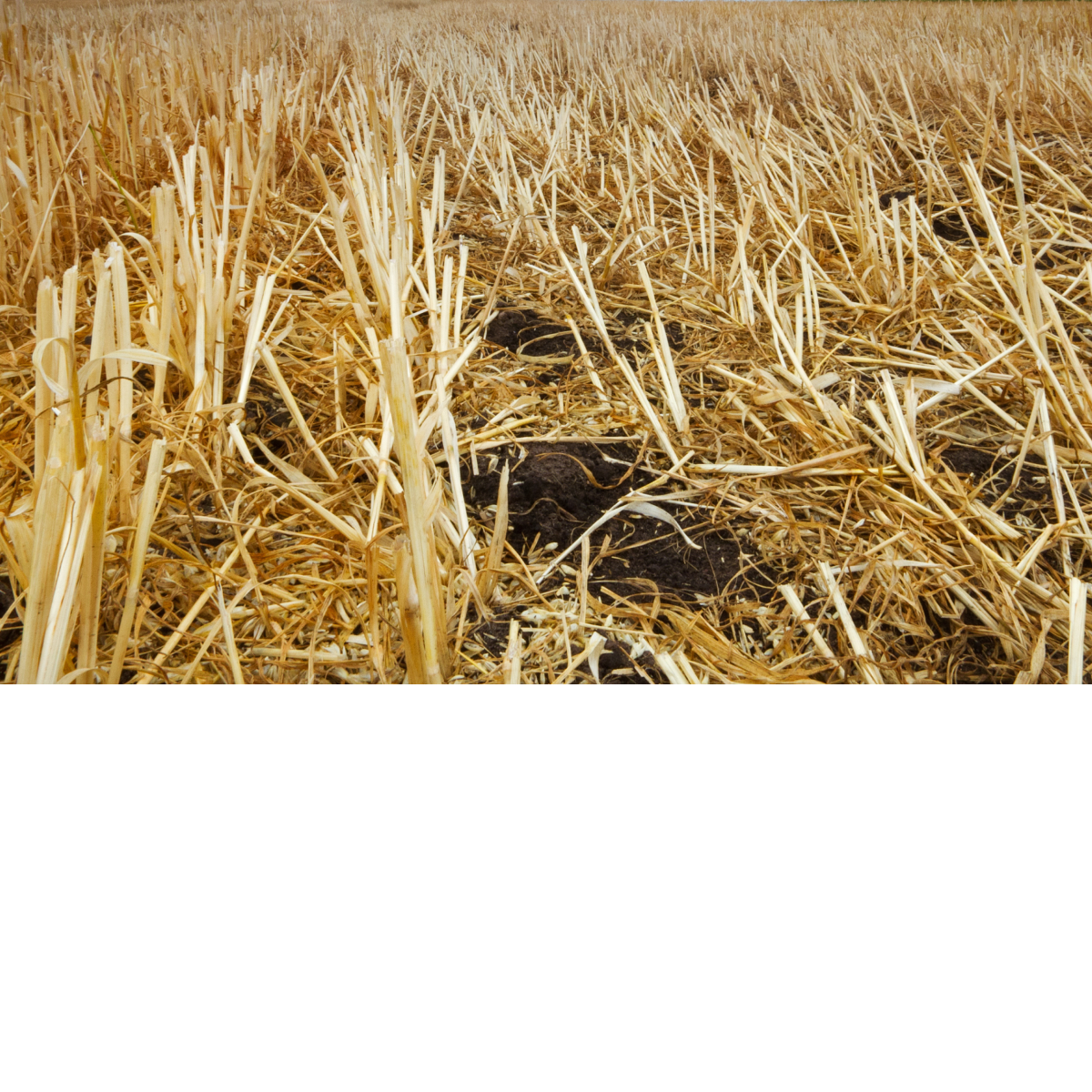BiCRS uses photosynthesis to pull carbon from the atmosphere, then processes it for long-term storage. It’s a hybrid carbon removal solution, which means it uses both land and technological approaches to get the job done. Once the carbon has been removed as biomass, there are a number of technologies that can be used to sequester it.
BiCRS currently removes more carbon than any other tech or hybrid pathway, and it has the potential to scale up quickly — but some important questions remain. We need to establish best practices for obtaining biomass while minimizing land use change and addressing environmental justice considerations. The BiCRS pathways we pursue need to source biomass in ways that preserve food security, rural livelihoods, and biodiversity; they also need to convert and store the CO₂ in ways that protect air quality and public health.
How BiCRS Works
Harvested plants hold a lot of carbon, but, like the fresh greens in your fridge, it’s not durable in that form. One way to store this carbon for the long term is biomass burial or sinking — effectively putting those fresh greens (raw biomass) into the crisper drawer.
The other route is to put the biomass into a kind of pressure cooker at high heat. These pressure-cooker-like technologies can take that biomass and create durable solids (biochar), liquids (bio-oil) and gases (carbon dioxide).

-
Terrestrial burial of raw biomass
Biomass is left mostly unmodified and buried in stable, clay-dense soils where it decomposes extremely slowly.
-
Aquatic burial of raw biomass
Biomass is left mostly unmodified and sunk in marine sediments, where biomass carbon turns over extremely slowly.
-
Geological storage of bio-oils
Biomass is converted at high heat into bio-oil, which is geologically stored in rocks deep underground.
-
Terrestrial burial of biochar
Biomass is converted at high heat into a more stable form and added to soils, which can help improve water retention and nutrient availability. It may also be used for advanced products like biochar cements.
-
Carbon utilization
Biomass-based products contain carbon throughout the duration of their service and disposal life. The net carbon removal impact depends on product lifespan and end use.
-
Bioenergy with carbon capture and storage (BECCS)
Biomass is converted at high heat into CO₂, which is captured and geologically stored. In a BiCRS model, the primary purpose of biomass conversion is carbon removal and energy is a side product.
Benefits and opportunities
Many of the technologies that make BiCRS work are already quite advanced; we have decades of experience handling and processing biomass, and many of the conversion methods have similarly long histories.
Applied thoughtfully, BiCRS could provide benefits to farmers and foresters. We could source biomass as waste from existing industries like nutshells or husks from food production, shavings or branches from forest fire prevention, or urban organic waste. When we use waste biomass, we reduce the risk of creating competition with food, fuel, and fiber production, which can inadvertently lead to deforestation or soil degradation — a key concern with BiCRS.
Challenges and considerations
Biomass might grow on trees, but that doesn’t mean we can source it from just anywhere. It will be important that the plant products we use for carbon removal aren’t taking resources away from current food, fiber, or forestry needs. One approach is to focus on biomass wasted by other industries, another is to grow biomass in ways that restore soil health. When harvesting waste biomass, we need to ensure we’re removing it at a rate that’s sustainable for the ecosystem. Restoring soil health requires identifying degraded land that can be improved by growing crops for biomass feedstocks. In all cases, robust life-cycle analyses should be used to ensure that biomass is drawing down more carbon than we might be emitting through cultivation and collection.
The pathways we choose to pursue can also have important implications for surrounding communities. Pathways that burn biomass in some way (bio-oil, biochar, and bioenergy) can cause air pollution, and large bioenergy plants have a history of violating community trust and air safety standards. Many of the pathways that don’t burn biomass (burial, sinking, or long-lived products), however, are less proven and may be less effective. As with CDR generally, BiCRS projects should collaborate with communities to develop plans that reflect local needs and interests, thoughtfully considering how we can bring benefits back to farmers, foresters, and the broader community while minimizing potential harm.
BiCRS policy outlook
Policy support has previously allowed technological breakthroughs for the thermal conversion solutions behind BECCS, biochar, and bio-oil. National lab research and funding via the Department of Energy (DOE) and the Department of Agriculture (USDA) continue to support new innovation in this space, including lifecycle analyses for an expanding circle of BiCRS solutions.
Recent work at USDA is enabling biochar by instituting a conservation practice standard that includes biochar as a soil amendment. This has activated incentive payments and technical support available for producers interested in applying biochar to their lands through programs like the Environmental Quality Incentives Program. In parallel, DOE’s Bioenergy Technologies Office has been supporting sourcing of biomass for BiCRS.
Proposed legislation such as the Biochar Research Network Act has the potential to scale biochar faster and more effectively. Additionally, legislation has focused attention on DOE’s GREET model as a key vehicle for tracking lifecycle impacts of BiCRS.
While certain policies will be foundational to all BiCRS pathways, like responsible feedstock sourcing regulations and life cycle analysis development, the diversity of BiCRS pathways also necessitates different policy priorities to scale them. For instance, newer pathways like biomass burial may require more research to understand life cycle assessments and impacts on the land used for burial, while more established pathways like biochar may benefit from policy that improves education and technical assistance for producers interested in biochar as a soil amendment. Overall, while BiCRS pathways all start at the same place and will share foundational policy needs, each requires a policy approach that fits the maturity level of the pathway.

